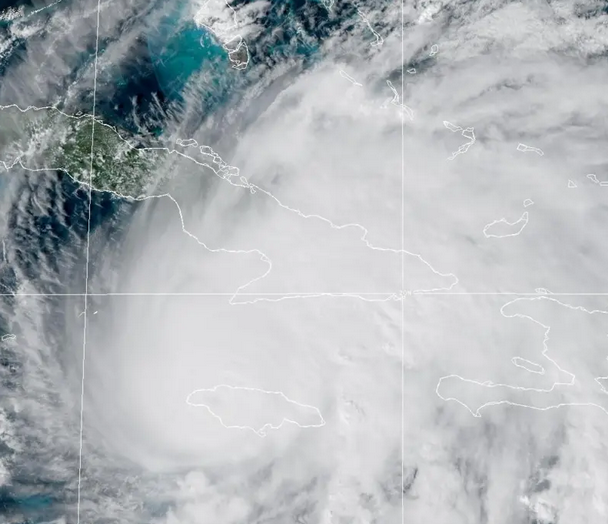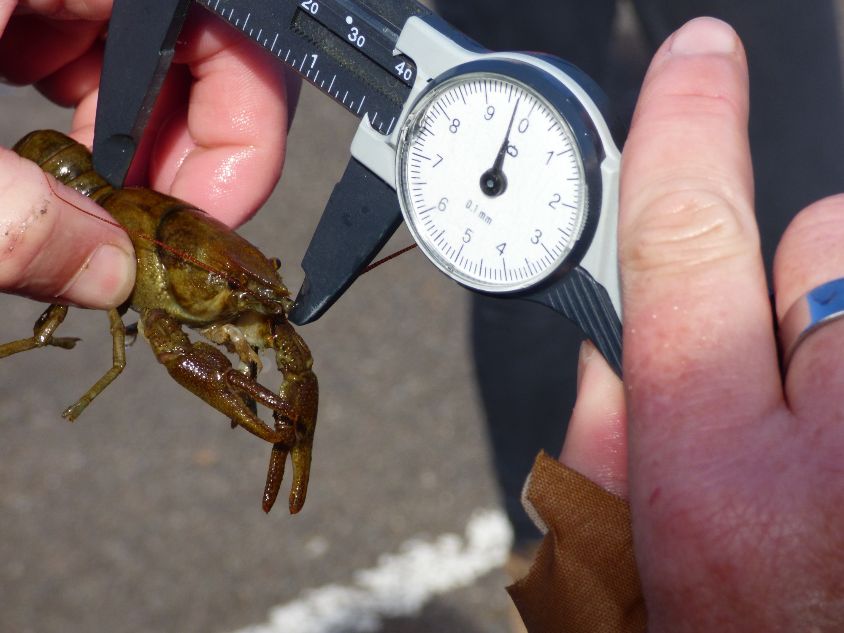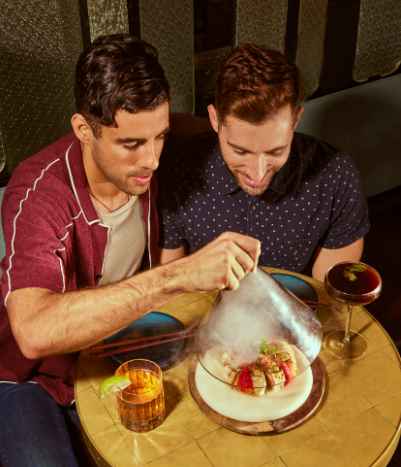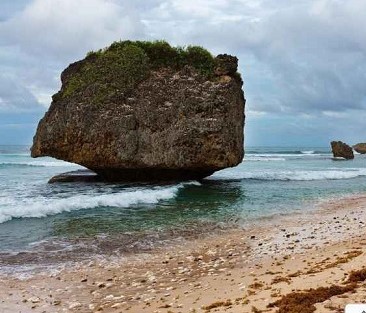The University of Warwick is rolling out the red – or rather green – carpet for the UK’s only native freshwater crayfish species.
Thirty white-clawed crayfish have just moved into a specially prepared ‘5-star hotel’ on campus, where they’ll be safe from invasive species and provided with everything they need to thrive. The white-clawed crayfish is the UK’s only native crayfish, and its numbers have plummeted over the last 40 years, largely due to the spread of the larger, invasive signal crayfish.
Originating from America, signal crayfish carry a deadly plague and outcompete their white-clawed counterparts for food and shelter, contributing to dramatic population declines across the UK. As part of a national conservation project funded by Natural England’s Species Recovery Programme grant to reintroduce white-clawed crayfish to suitable habitats, Warwick’s campus has been officially selected as an ‘ark’ site — a safe haven free from invasive signal crayfish.
Gemma Wilkins, Head of Sustainable Campus Operations at University of Warwick, said: “When it was first suggested to us that our campus water feature might be a suitable ark site, we were really surprised – surely the crayfish would prefer a more rural location?
“As it turns out, the rill on campus provides everything that they need to thrive, and if the population is successful, it should enable reintroductions to other sites too. We're delighted to play a part in this important species recovery project for our region, working alongside our colleagues at Warwickshire Wildlife Trust, Coventry City Council and Natural England.”
To help the crayfish settle in, the team carefully prepared the site with the right food, shelter and plants, providing everything they need to eat, hide, and hopefully breed. This reintroduction has been supported by research from Warwick’s School of Life Sciences.
Scientists developed a method to detect crayfish using traces of DNA left in the water, enabling them to quickly map the distribution of invasive signal crayfish and identify safe sites for the white-clawed crayfish. Dr Molly Ann Williams, School of Life Sciences, University of Warwick, added: “All organisms leave traces of DNA in the environment, which we call eDNA.
“These traces act as a fingerprint to detect the presence of signal crayfish and it allowed us to quickly map the distribution of invasive crayfish in Coventry helping us decide on Warwick campus as a safe spot to house the white-clawed crayfish.” Gina Rowe, Landscape Recovery Development Manager, Warwickshire Wildlife Trust, added: “We are delighted to have delivered this project to safeguard an endangered species, in partnership with the University of Warwick and Coventry City Council.
Further work includes monitoring of the crayfish and we hope to enhance further pools for future translocation. The partnership has been very successful.”
Councillor Jim O'Boyle, Cabinet Member for Jobs, Regeneration and Climate Change at Coventry City Council, said: “We’ve been very closely involved in this project from the outset, working in partnership with Warwickshire Wildlife Trust and the University of Warwick to help secure the initial funding.
“This is a truly significant initiative – not just for biodiversity, but for Coventry as a whole. To be able to reintroduce an endangered species that was previously thought to no longer exist in the area is a real achievement, and one we’re proud to support.
“It shows what’s possible when local partners come together with a shared vision for conservation and sustainability.” The project at Warwick is part of a wider effort to secure the future of the white-clawed crayfish across the UK.
By providing a safe, carefully monitored habitat on campus, the University is helping ensure this native species can thrive for generations to come. Visitors are asked to help protect the site’s ecology by not introducing crayfish or other creatures into the water, avoiding entry or swimming, keeping dogs out, and refraining from angling to prevent contamination and disturbance to wildlife.
















